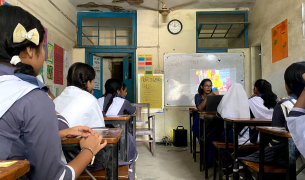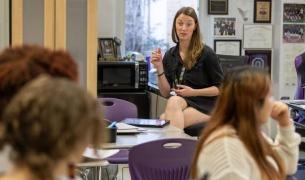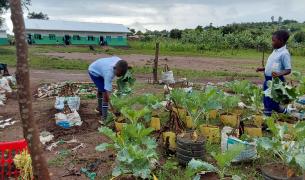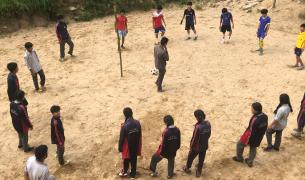Sowing seeds of peace at Teach For India’s Peace Carnival
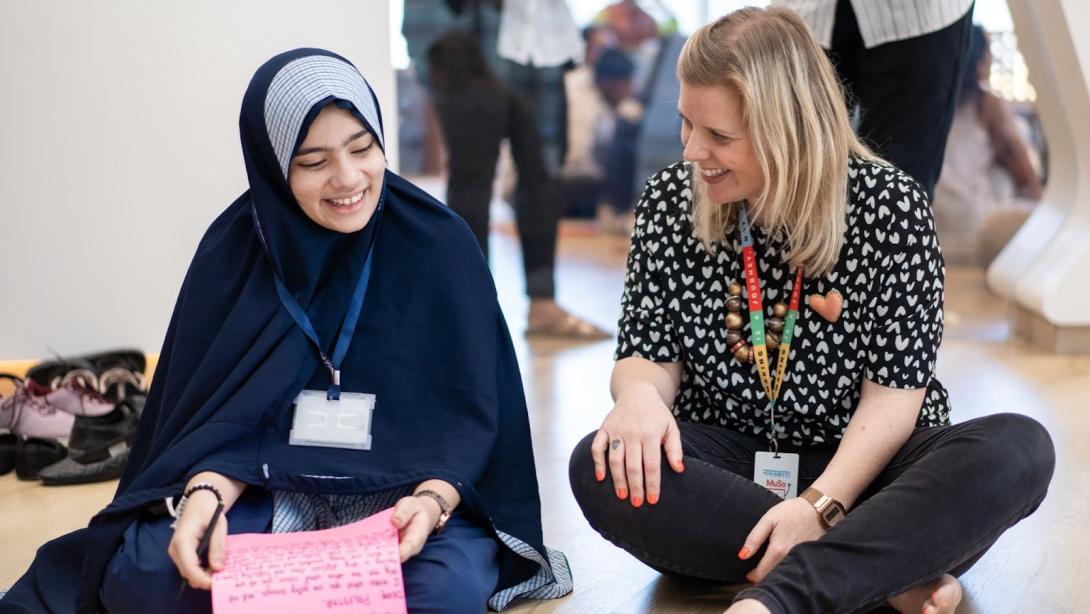
Last week, over 500 children came together at Teach For India’s Peace Carnival, which took place at the Museum of Solutions in Mumbai - an incredible children's museum set up by a Teach For India alumnus. These children took action for conflict-affected peers through writing songs, making films, designing fraternity flags, creating peace mandalas, discussing conflict resolution, making video messages and drawings and writing letters to children in conflict zones, reading books about peace, and having live virtual conversations with students and educators in Afghanistan, Armenia, Palestine, and Ukraine.
“With everything happening in the world, and with over 400 million children – one child in every five – living in or fleeing from conflict zones, there has never been a more urgent need to engage children with the idea and practice of peace,” explained Shaheen Mistri, Teach For India’s CEO. I had the great privilege of being part of this Peace Carnival, and for me the real magic of the experience came from focusing on what is within our locus of control – we may not be able to stop wars, but we can each play our small part in building peace. A powerful reminder that while we may feel helpless, there is always something we can do.
Throughout the day, I ran ‘Together For Tomorrow’ workshops where children from India were able to speak directly with students and educators from Teach For Afghanistan, Teach For Armenia, Teach For Palestine, and Teach For Ukraine. These spaces enabled children from across our global network to connect with one another, sharing the hope and love that’s in their minds and hearts. During these powerful conversations, they were able to learn from each other about the realities of living and studying in countries impacted by war, asking questions like “How do you concentrate on Maths when the class is taking place in a bomb shelter?” and “What are you and your friends doing to try and solve the problems that the war has brought?” It was inspiring to see their desire to understand each other and the reflections this learning prompted about what the world would look like if there was more peace and compassion.
It was a soul-nourishing event, where such conversations sowed seeds of peace in the minds and hearts of the leaders of tomorrow. Throughout the past decade of working in different conflicts, I’ve often asked myself “What would the world look like if our leaders choose peace instead of conflict?” And, although we won’t ever fully know the long-term impact of creating a space like this, I do know that there were some powerful ripple effects coming out of this weekend, but – as always – most of these ripples will be untraceable. Yet I do feel sure that experiences like these add up to children becoming more peaceful, kind adults who take decisions rooted in justice and equity. And by being able to have such cross-border dialogues, they will become leaders who work together to build bridges – not walls – and who center hope and courage in their efforts.
The reason adults are asking for our perspective is because we have fresh ideas - we can think differently about the conflicts all over the world and see how we can take our own actions for peace.
This work is not about being the solution – it’s about being part of the solution. We’re all just planting seeds which will grow into trees, under whose shade we will never sit. This is the work.
I left Mumbai with a much deeper commitment to bringing students into our network’s Education in Emergencies work. This event has shown me the real wisdom in listening to children – one student came up to me during the lunch break, handing me a letter he’d just written for students in Palestine, and said “Peace is not a feeling, it’s something you have to do yourself”. I’m flying back home with a suitcase filled with hundreds of letters and solidarity messages written for children living in conflict zones. Packing up all these letters has also made me realize the power of subtlety – this Peace Carnival wasn’t grand or flashy, just a thoughtful series of workshops, run by champions from across the ecosystem, which enabled simple and powerful acts of love and connection.
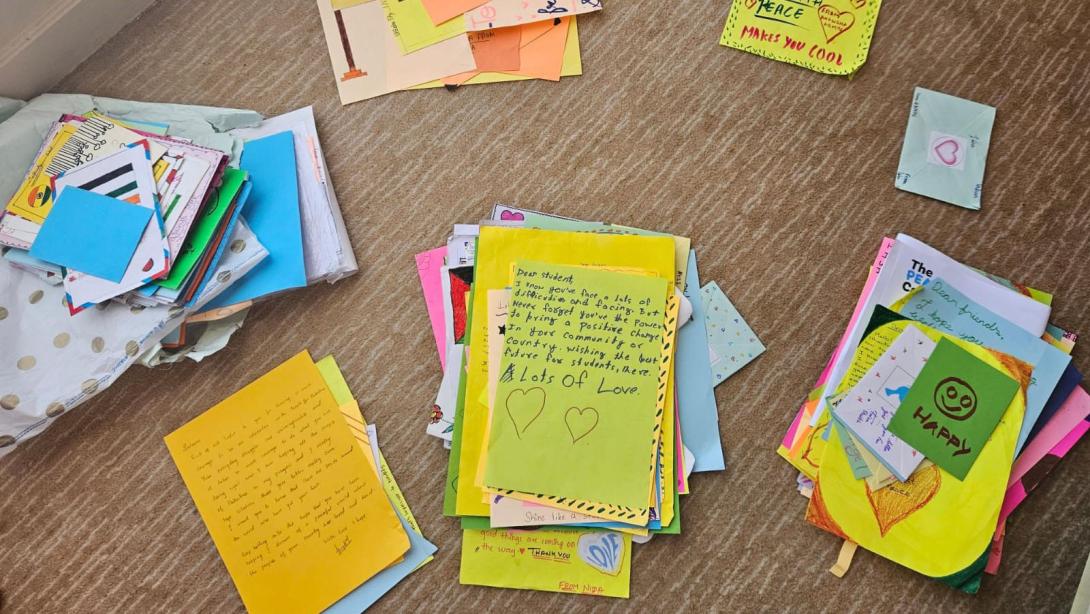
Across the world, I think peace-building efforts could be better embedded into education systems, ensuring the important perspectives of students and teachers are front and center. This Peace Carnival was a perfect demonstration of how children do have the maturity and capacity to engage meaningfully in such processes. I’m leaving India convinced that this will be the first of many other Peace Carnivals that will take place across our global network! This list of resources curated by Teach For India can help anyone who’s interested spark conversations in their classrooms, communities, and networks. With network partners in over 60 countries, I’m excited by the idea of more children connecting with each other across our global network – from contexts impacted by conflict and those not – where they can have authentic, open dialogues to learn from one another, show solidarity, and continue to sow seeds of peace.
